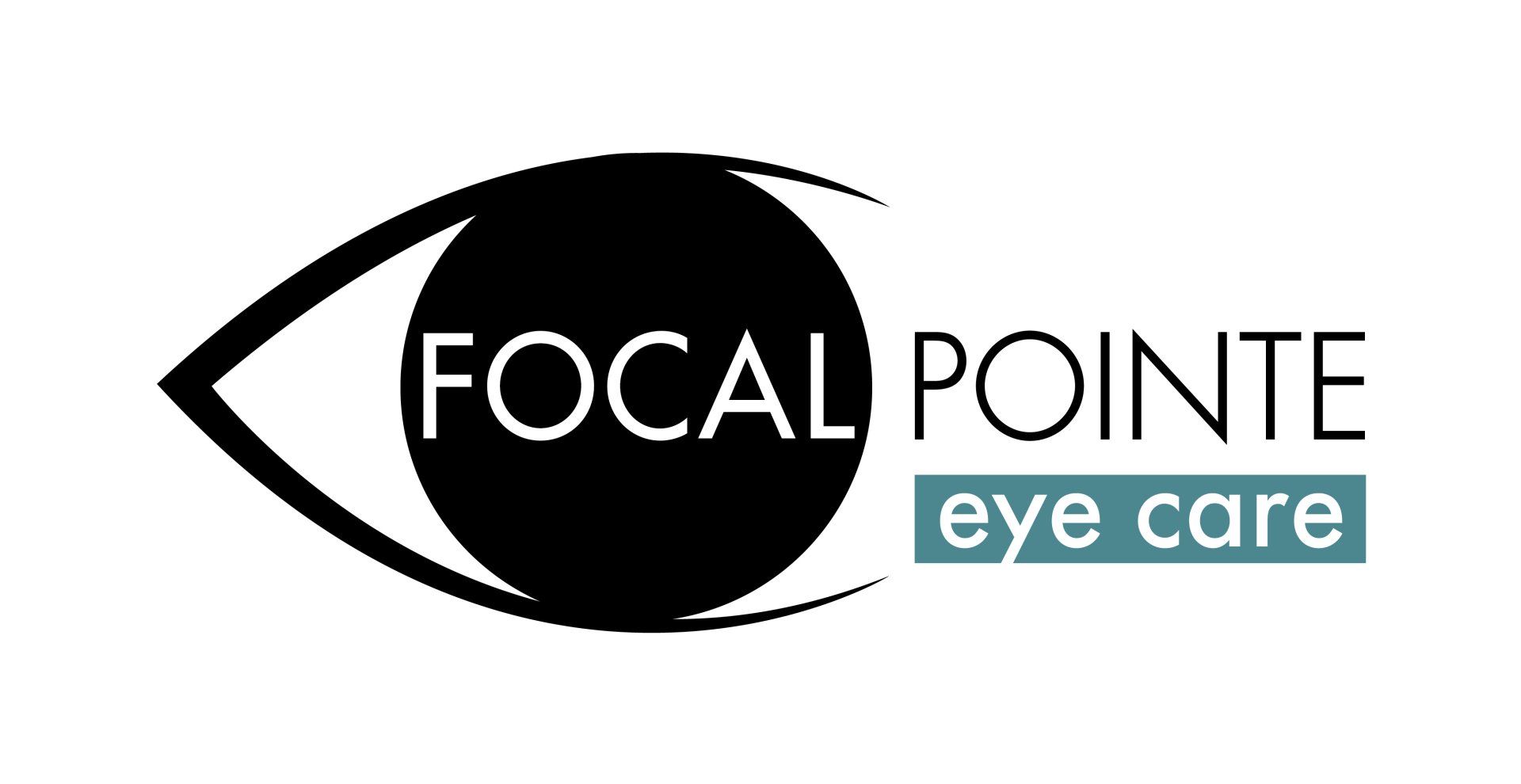WHAT IS AGE-RELATED MACULAR DEGENERATION?
Age-related macular degeneration (ARMD) or (AMD) is a progressive eye disease that affects your ability to see things straight in front of you. Normal activities like reading, driving, watching movies or even recognizing other people can be more difficult.
As the leading cause of vision loss for people over age 50, AMD affects 1.8 million Americans. Left untreated, AMD typically progresses, stealing more of your vision, and impacting your ability to lead an independent life. If detected early, treatment options can be effective in slowing or stopping the progression of AMD.

Photos provided by the National Eye Institute, National Institutes of Health
The part of your eye that is impacted by AMD is called your macula. The macula is located at the back of your eye and contains millions of light-sensing cells that translate light into electrical signals that tell your brain about the images you see.
When the macula is damaged, your central vision (things you see straight ahead) becomes blurry, dark or distorted.
TWO TYPES OF AGE-RELATED MACULAR DEGENERATION
Dry Age-Related Macular Degeneration
refers to the slow, progressive loss of central vision caused by loss or break down of macular pigmentation and drusen development.
This is the more common form of AMD. Many patients with this form of AMD may not know they have it because it typically doesn't have any symptoms and progresses gradually.
Wet Age-Related Macular Degeneration
is the more severe form that results in leaking blood vessels of the macula, causing sudden central vision loss.
Symptoms for Wet AMD can appear quickly, sometimes within a few days or weeks, and are usually noticeable.
Vertical lines may appear broken or crooked, blind spots form in your vision, or objects appear to be distorted. Seek immediate treatment if these symptoms develop.
ARE YOU AT RISK FOR AGE-RELATED MACULAR DEGENERATION?
The following factors are associated with a higher risk of contracting AMD
- Age: Most cases of AMD occur in patients over the age of 60.
- Family History: If your parents or grandparents had AMD, your risk is higher.
- Nutrition: Poor nutrition increases the risk.
- Smoking: Twice the risk of non-smokers.
- Eye Color: Blue eyes have a higher risk.
- UV Exposure: People who work outdoors, under bright fluorescent lighting, or who spend hours on computers.
- Race: More prevalent among caucasians.
LOWER YOUR RISKS FOR AMD
- Stop smoking
- Avoid junk food - add more leafy veggies to your diet
- Take eye nutrition supplements that include a balanced ratio of 10mg Lutein and 2 mg Zeaxanthin - ask your doctor
- Get an annual eye exam
Age-related Macular Degeneration (AMD) can be asymptomatic in the early stages, so it is important to have your eyes examined regularly. If you are at risk due to age, family history, lifestyle or a combination of these factors, do not wait until you experience vision changes before getting checked for AMD. Call Focal Pointe Eye Care for an appointment at 513-779-3937.

